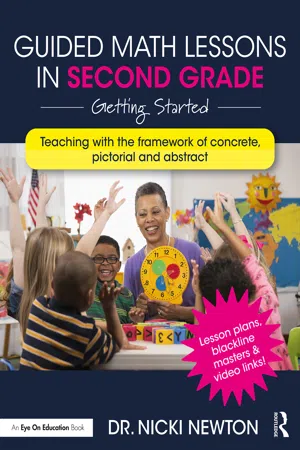
- 306 pages
- English
- ePUB (mobile friendly)
- Available on iOS & Android
About this book
Guided Math Lessons in Second Grade provides detailed lessons to help you bring guided math groups to life. Based on the bestselling Guided Math in Action, this practical book offers 16 lessons, taught in a round of 3—concrete, pictorial, and abstract. The lessons are based on the priority standards and cover fluency, word problems, operations and algebraic thinking, and place value. Author Dr. Nicki Newton shows you the content as well as the practices and processes that should be worked on in the lessons, so that students not only learn the content but also how to solve problems, reason, communicate their thinking, model, use tools, use precise language, and see structure and patterns.
Throughout the book, you'll find tools, templates, and blackline masters so that you can instantly adapt the lesson to your specific needs and use it right away. With the easy-to-follow plans in this book, students can work more effectively in small guided math groups—and have loads of fun along the way!
Frequently asked questions
- Essential is ideal for learners and professionals who enjoy exploring a wide range of subjects. Access the Essential Library with 800,000+ trusted titles and best-sellers across business, personal growth, and the humanities. Includes unlimited reading time and Standard Read Aloud voice.
- Complete: Perfect for advanced learners and researchers needing full, unrestricted access. Unlock 1.4M+ books across hundreds of subjects, including academic and specialized titles. The Complete Plan also includes advanced features like Premium Read Aloud and Research Assistant.
Please note we cannot support devices running on iOS 13 and Android 7 or earlier. Learn more about using the app.
Information
1
Introduction
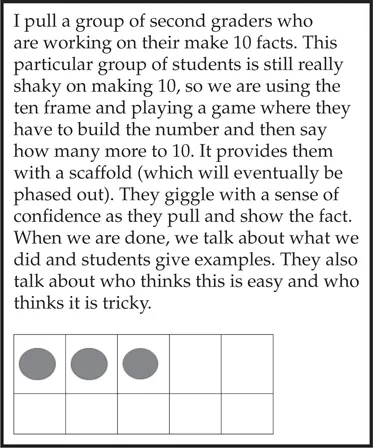
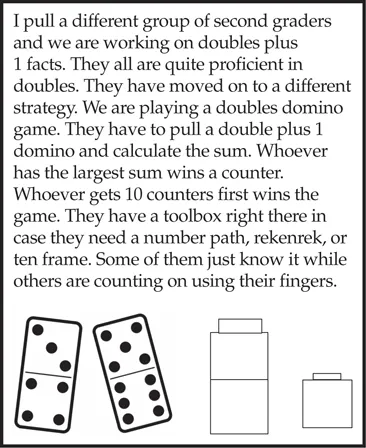
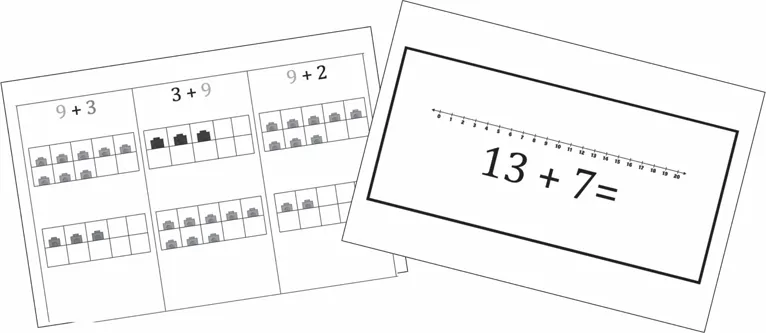
Opening
- Energizers and Routines
- Problem Solving
- Mini-Lesson
Student Activity
- Math Workstations
- Guided Math Groups
- Discussion
- Exit Slip
- Mathematician’s Chair Share
What Are the Other Kids Doing?
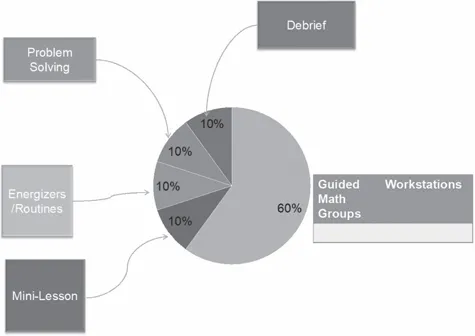


Benefits of Guided Math Groups
- See student knowledge in action.
- Monitor the concepts and skills that are understood.
- Catch and address the misunderstandings.
- Ask questions that highlight thinking.
- Analyze thinking.
- Listen to conversations.
- Assess in the moment.
- Redirect in the moment.
- Differentiate as needed.
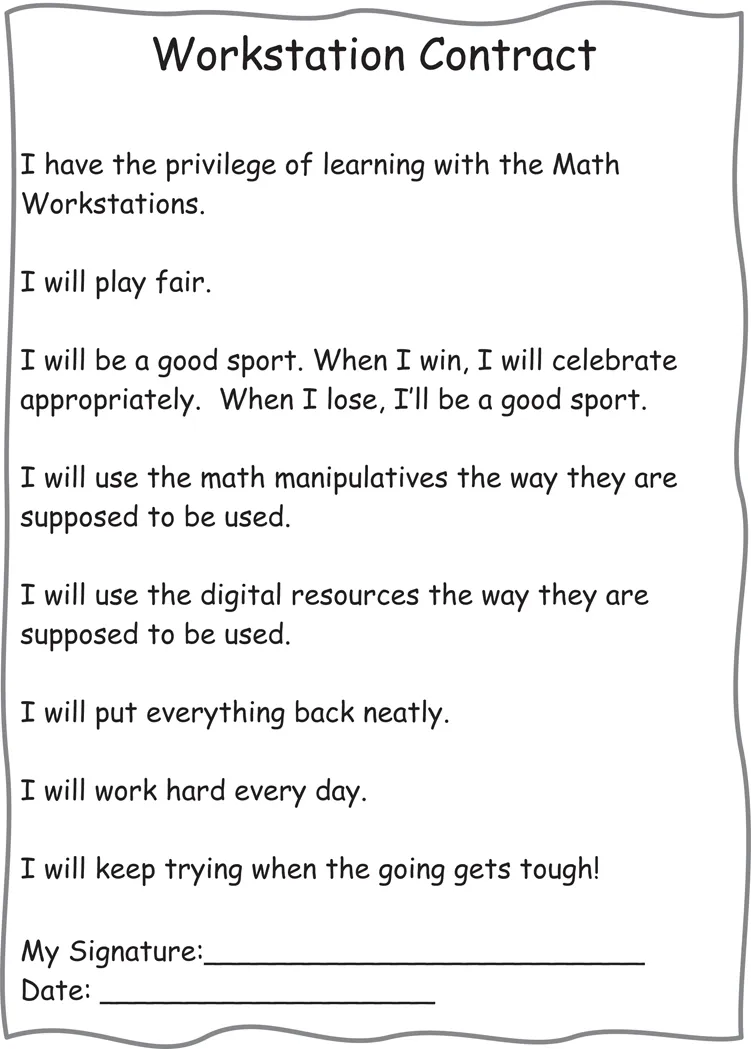
Key Points
- Different Reasons: remediate, focus on grade-level topics or working beyond grade level
- Cycle of Engagement: concrete, pictorial, abstract
- Heterogeneous and Homogeneous Grouping
- Math Workshop
- Math Workstations
- Benefits of Guided Math
Summary
Reflection Questions
- How are you differentiating instruction around the priority standards right now?
- Currently, how do you group students? What informs your grouping?
- Do you have a plan to make sure that everybody fully understands the priority standards?
References
Table of contents
- Cover
- Half Title
- Series
- Title
- Copyright
- Dedication
- Contents
- Acknowledgments
- Meet the Author
- 1 Introduction
- 2 Behind the Scenes
- 3 Architecture of a Small-Group Lesson
- 4 Guided Math Talk
- 5 Small-Group Fluency Lessons
- 6 Small-Group Lessons for Developing Algebraic Thinking
- 7 Small-Group Word Problem Lessons
- 8 Place Value Guided Math Lessons
- 9 Action Planning and FAQs